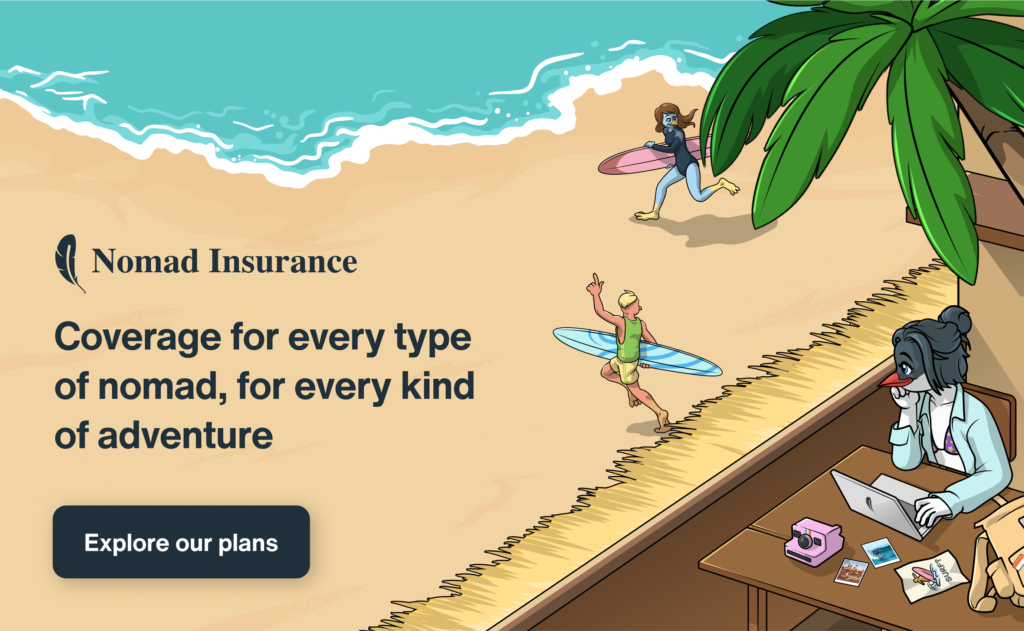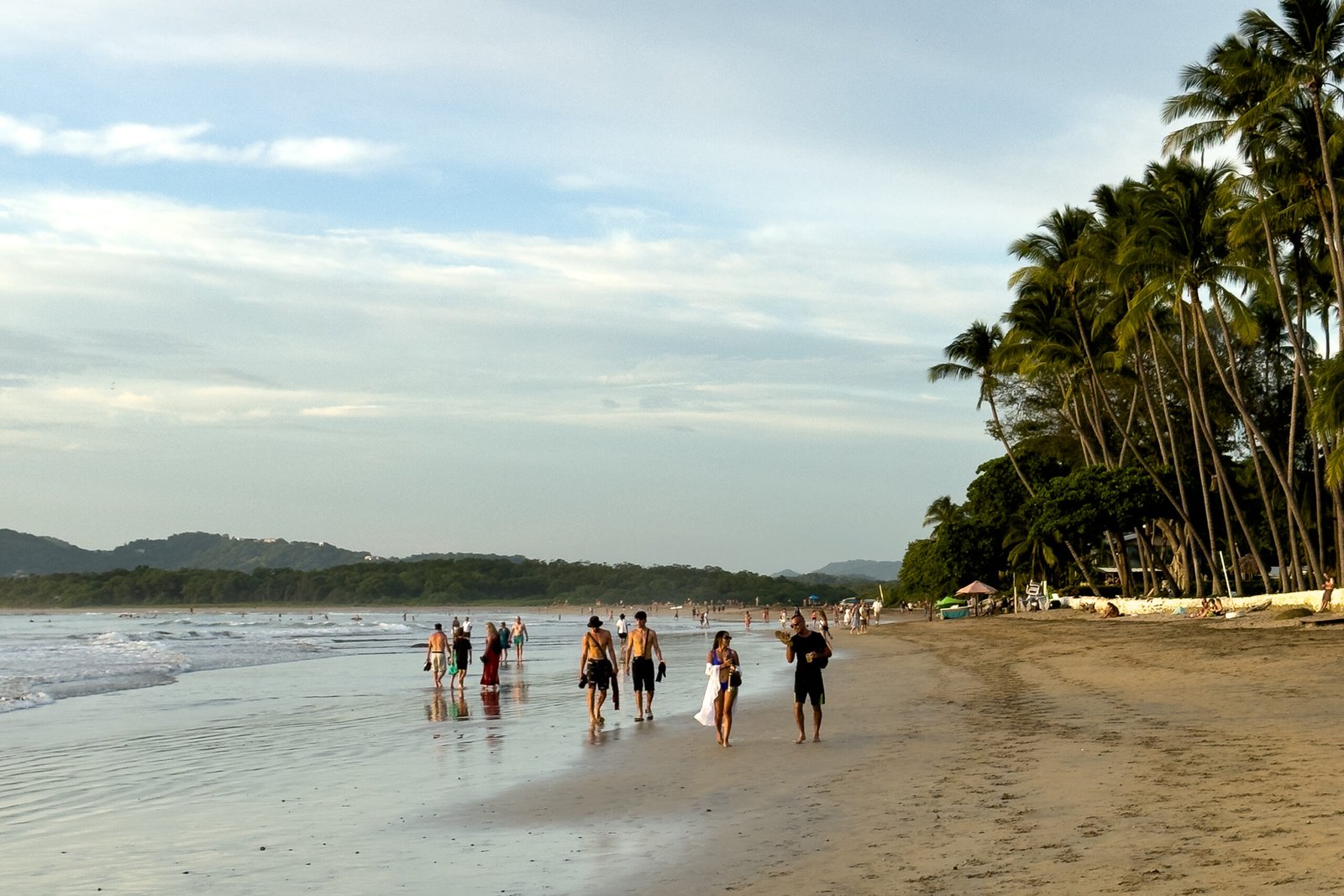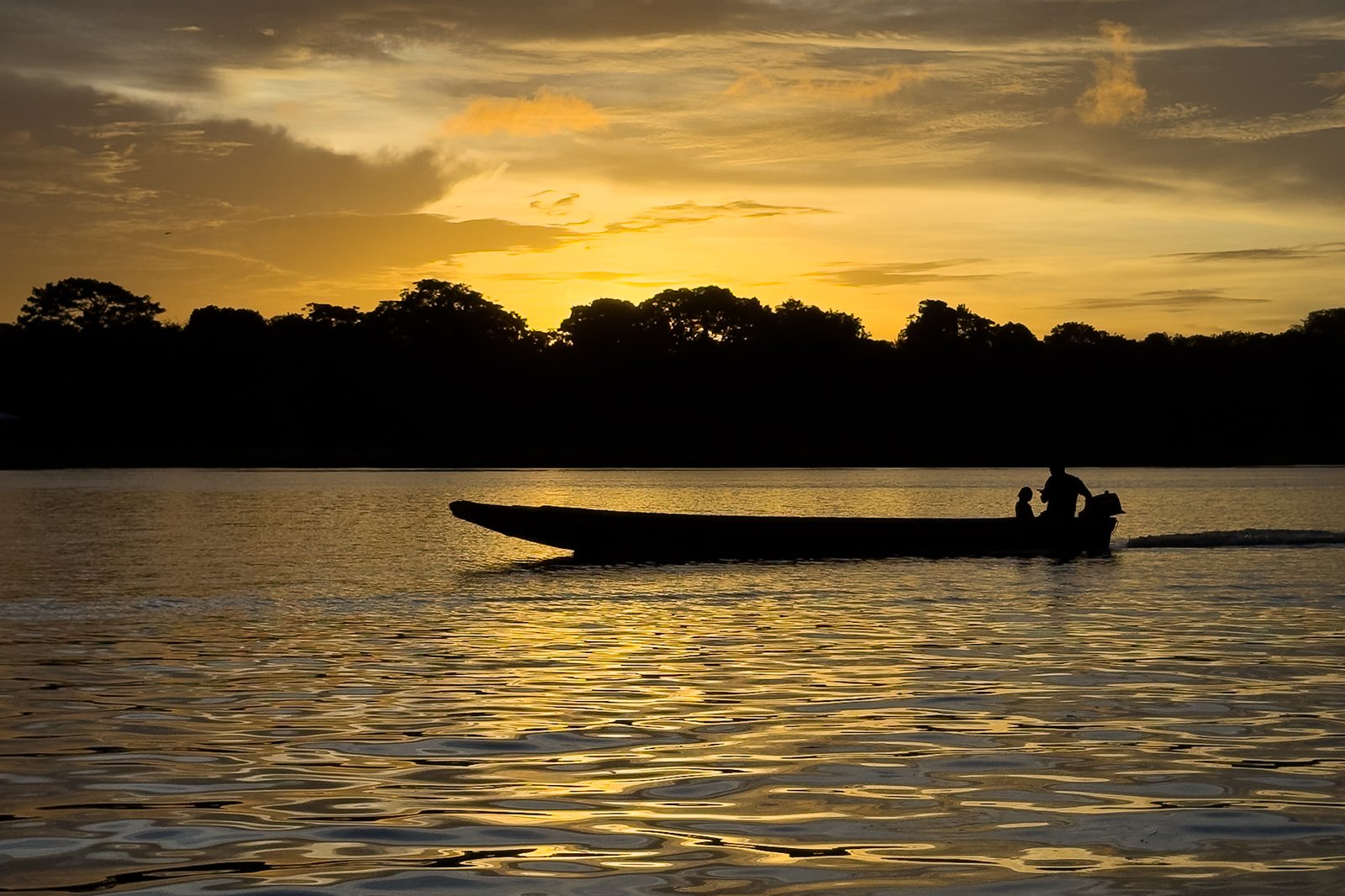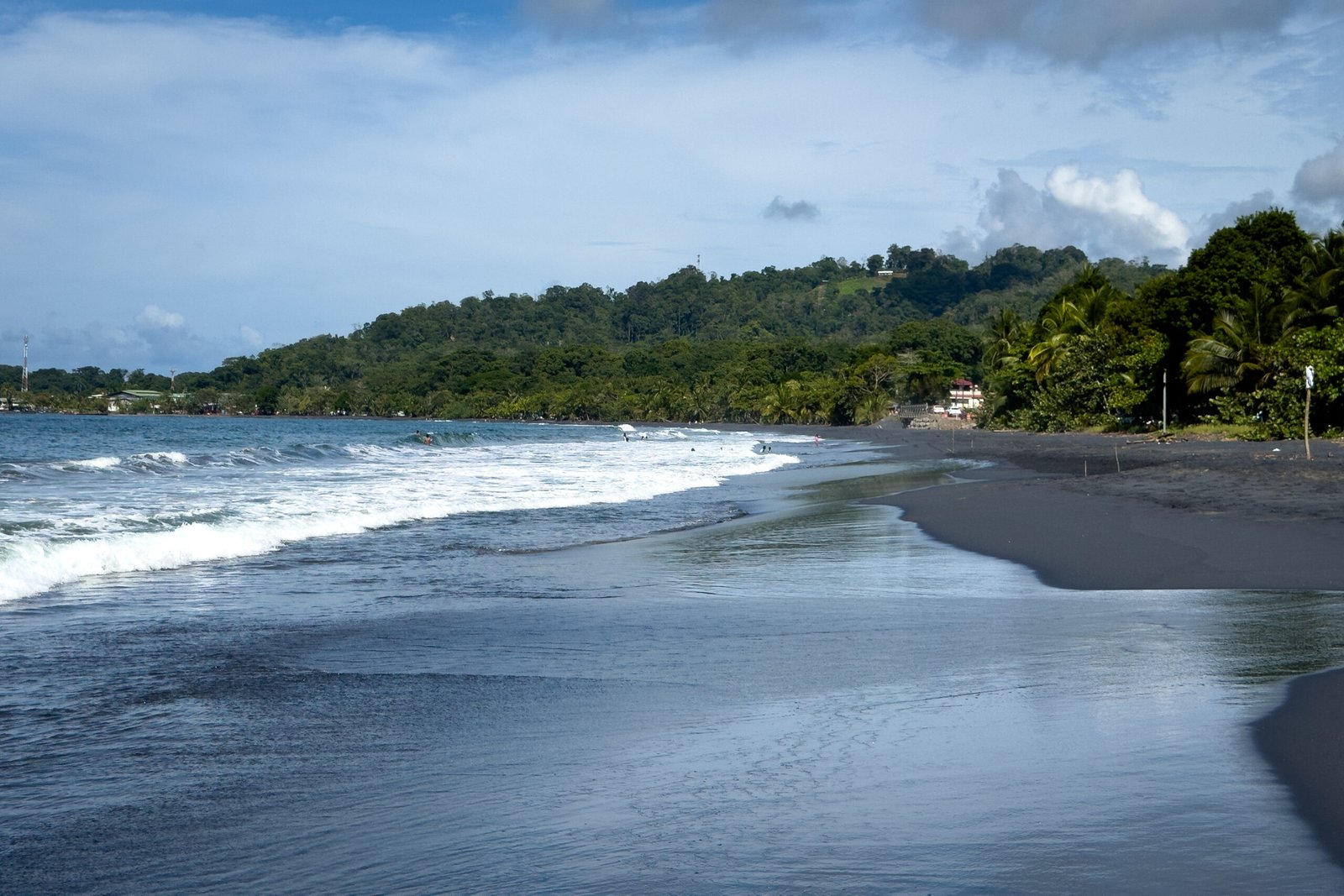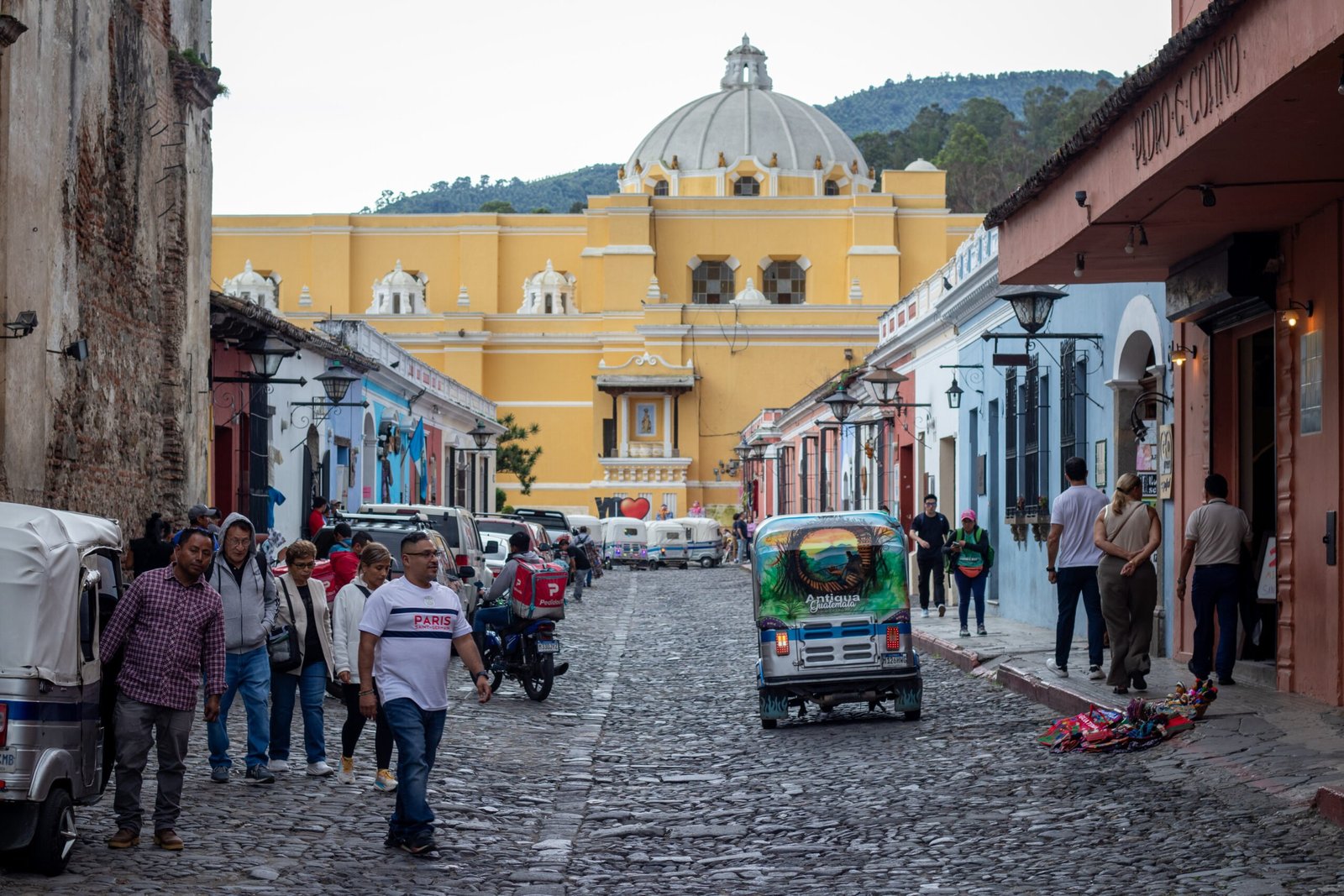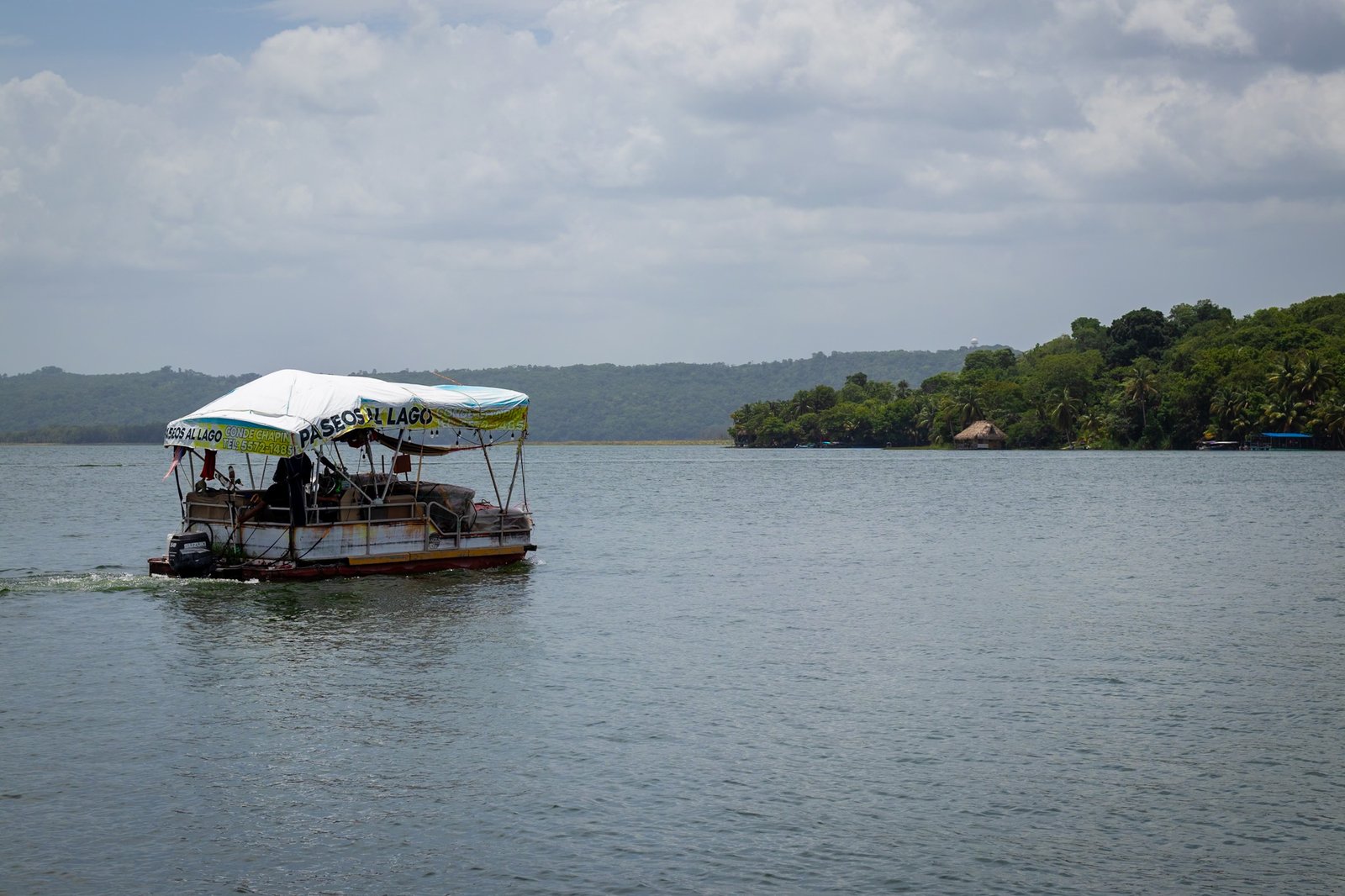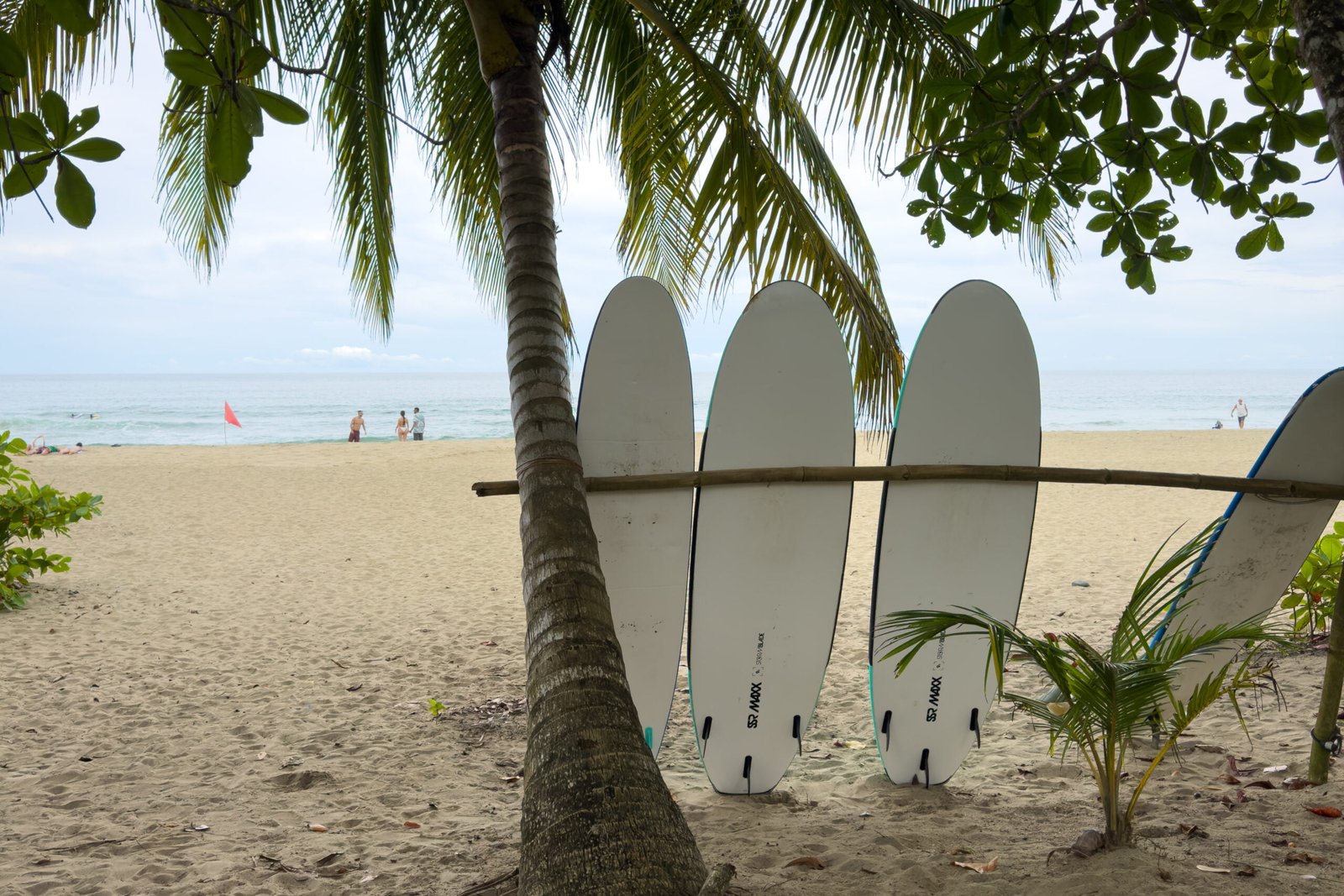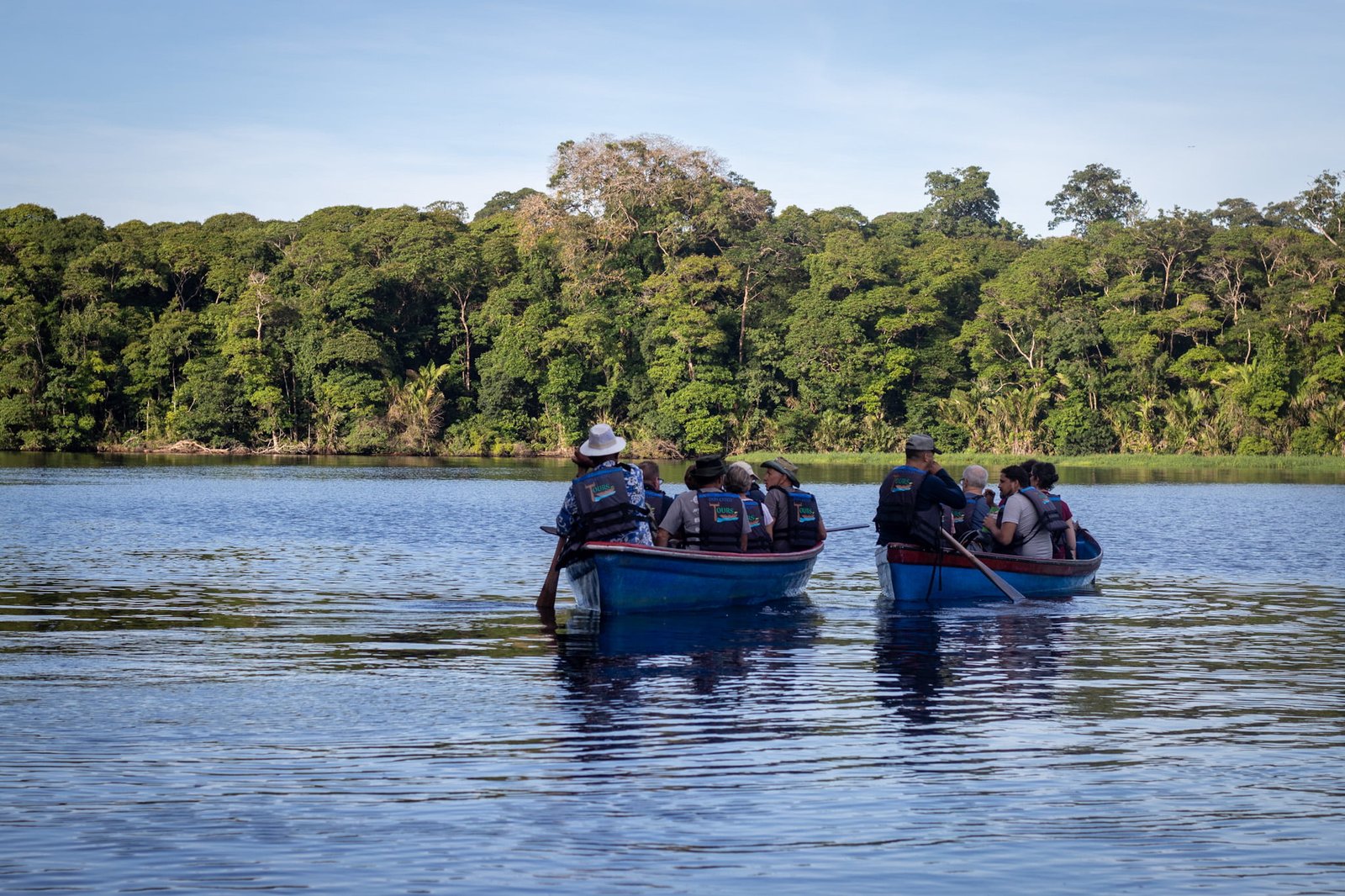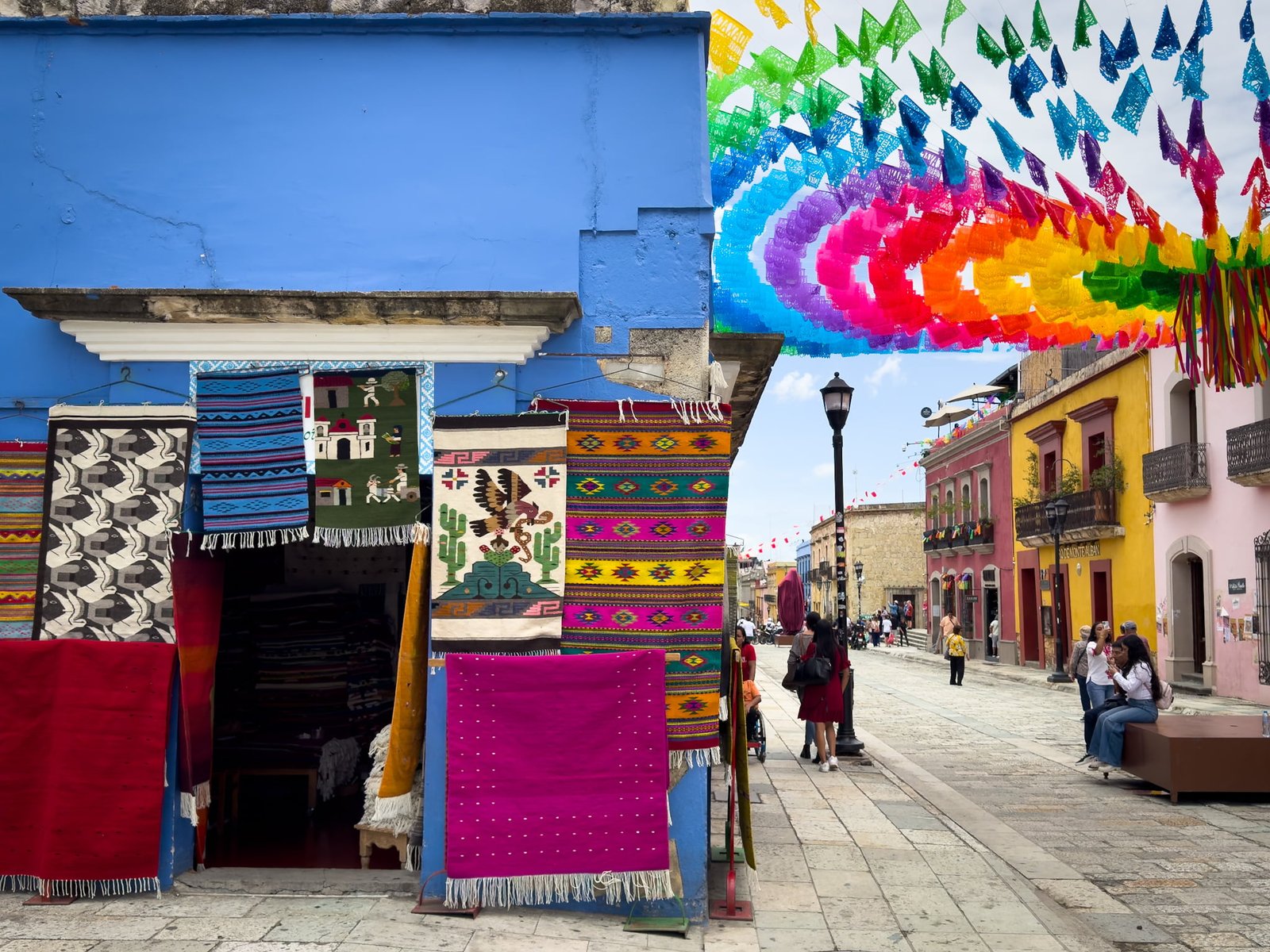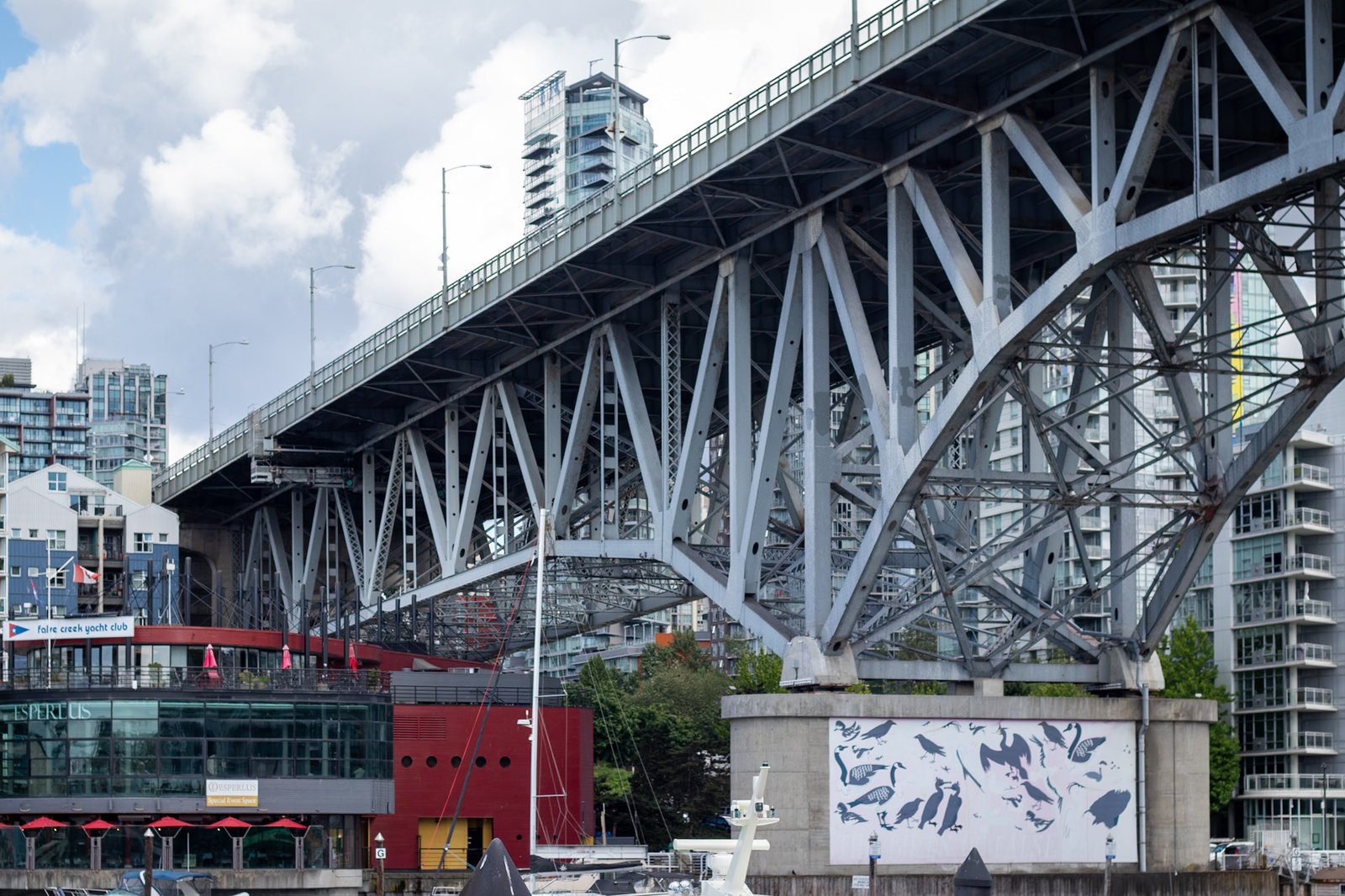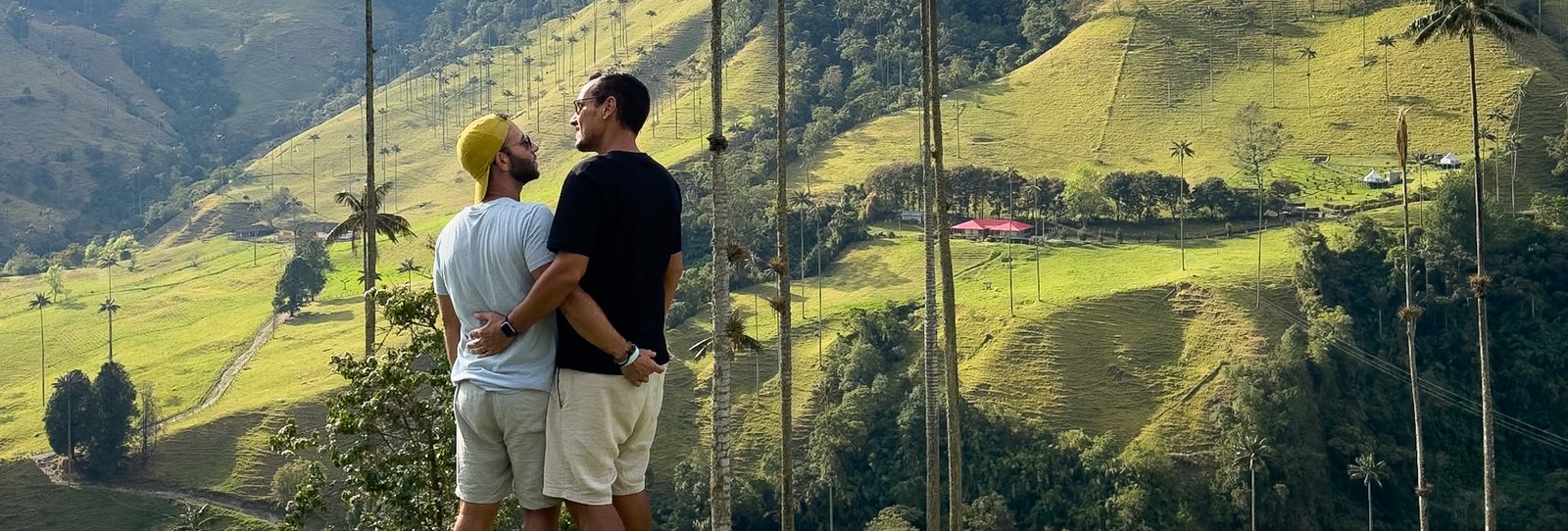Costa Rica has always been at the top of our list of destinations to visit. From the moment we started planning our second trip around the world, this country immediately stood out as one of our top priorities. In August 2024, we finally made that dream a reality and started our Costa Rica Itinerary. Over the years, we heard about Costa Rica as one of the best places in the world to observe biodiversity, with lush wildlife and flora that captivated us and we were eager to explore.
However, creating an itinerary in Costa Rica proved to be quite a challenge. Although it’s not a large country, the wealth of points of interest it offers is impressive, requiring careful planning to ensure that none of its natural and cultural treasures are left out.
TABLE OF CONTENTS
Best Time to Travel to Costa Rica
According to Lonely Planet, the best time to travel to Costa Rica is during the dry season, from December to mid-April, which is also the peak season of the year. However, traveling during the rainy season, also known as the “green season,” from mid-May to November, has its own advantages. While bad weather is a possibility, this period is the most economical and offers the benefit of seeing everything greener and more lush.
We visited in August and were lucky, as we encountered very little rain. However, it’s important to note that this is not the norm, and weather conditions can vary. If you’re considering traveling during the rainy season, be prepared for some bad weather but also for more affordable prices and stunning landscapes.
Is Costa Rica a Safe Country?
According to Heymondo, Costa Rica is safe, and during our trip, we felt safe in all the places we visited. However, we believe that it’s always wise to take basic precautions to ensure a smooth experience. Although Costa Rica is safe, we avoided walking alone at night and preferred not to frequent more deserted areas. Additionally, we limited unnecessary interactions with strangers and never left valuables in the car when parked. With these simple measures, we reinforced our feeling that Costa Rica is safe and enjoyed our trip without worries.
To Rent or Not to Rent a Car in Costa Rica
Deciding whether you should rent a car in Costa Rica can greatly influence your experience. We opted to rent an SUV with DiscoverCars, and our experience was very positive. We’ll share a bit about what we learned, including our perspective on driving in Costa Rica and the insurance you should consider.
Advantages of Renting a Car
- Freedom and Flexibility: Renting a car offers incredible freedom to explore at your own pace. With an SUV, we had access to hidden beaches and trails that would be difficult to reach by public transport. The flexibility to change our itinerary as we wished was a huge advantage.
- Access to Remote Locations: Many of Costa Rica’s natural wonders are in remote areas and less accessible by public transport. The car allowed us to visit these places hassle-free and enjoy every moment of our trip.
- Comfort and Privacy: Traveling by car also brought a level of comfort that public transport cannot offer. We didn’t have to worry about schedules and could easily store our luggage.
Our Rental Experience
Initially, we were a bit hesitant about the safety of driving and the quality of the roads in Costa Rica. However, our experience was a pleasant surprise. The rental process with DiscoverCars was transparent and hassle-free. All fees were clearly specified, and we found the best price for an SUV compared to other options available.
Driving in Costa Rica turned out to be more relaxed than we expected, and the roads, although variable, were in good condition in most areas we explored. We rented a car with Flexways, whose local representative is EC Rent-a-Car, through Discovercars. The CDW (Collision Damage Waiver), as well as TP (Theft Protection) and TPL (Third Party Liability), which is mandatory in Costa Rica, were included in the rental.
On-site, we were asked about the possibility of reducing the cost of the deductible and deposit by adding a Super CDW for an additional fee. We opted to add this extra insurance for peace of mind. The total rental cost was about €850, with the additional insurance costing €250.
Advantages of Public Transport
While the car was an excellent choice for us, public transport also has its advantages. It’s generally more economical and allows you to avoid the concerns of driving and parking. If you prefer a more eco-friendly and cost-effective approach, this could be a good option. The best way to book transport in advance in Costa Rica is by using 12Go.
Renting a car in Costa Rica, especially with a reliable company like DiscoverCars, can be an excellent decision for exploring the country flexibly and conveniently. Our experience was very positive and exceeded our expectations in terms of safety and road quality. However, if you prefer to avoid driving, public transport is a viable and economical alternative. Either way, Costa Rica offers unforgettable experiences, no matter your choice of transportation.
18-Day Itinerary in Costa Rica
Arrival in San José and Trip to Puerto Viejo
How We Arrived
We arrived in San José by plane, landing at Juan Santamaria International Airport, coming from Guatemala.
How We Left San José
Since we didn’t plan to visit the city of San José, we organized our Costa Rica itinerary to pick up our rental car right upon arrival and headed directly to Puerto Viejo.
Puerto Viejo, Talamanca (4 Nights)
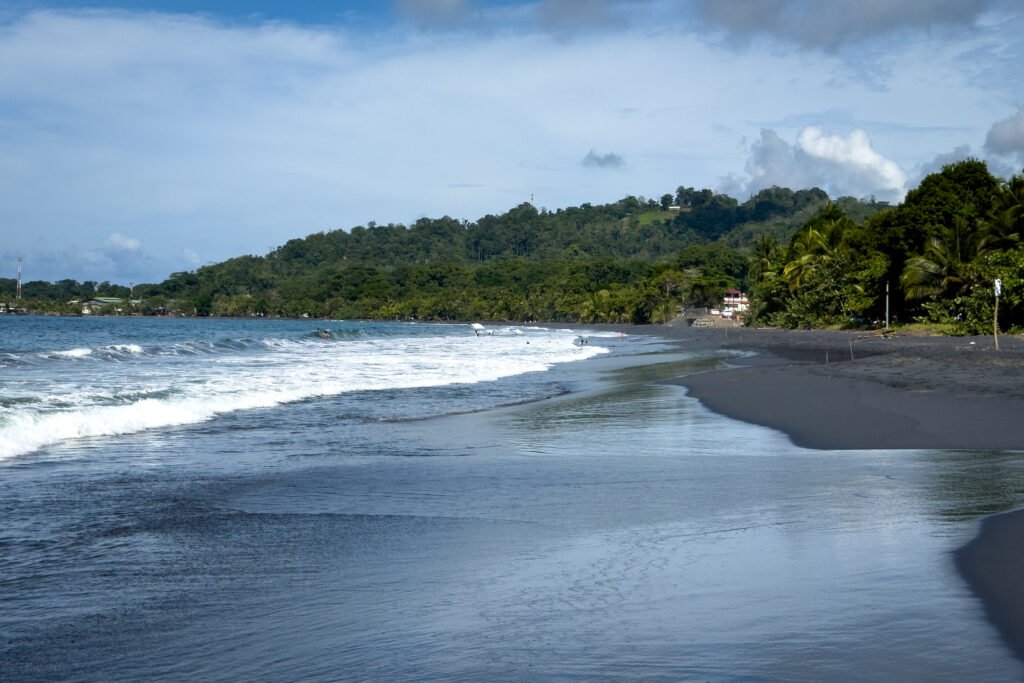
How We Got to Puerto Viejo
We drove to Puerto Viejo from San José. The trip took about 5 hours, even though the distance wasn’t very long. There were several construction areas on the road connecting San José to Limón, which delayed the trip a bit. However, the part of the road (Route 32) between Limón and Puerto Viejo is very scenic, with several sections passing through dense vegetation and others along the coast. Along the way, we encountered a toll that had to be paid in cash.
Highlights in Puerto Viejo
In Puerto Viejo, we especially loved the Caribbean vibe and the three beaches we adored: Punta Uva, Playa Cocles, and Playa Negra.
Where We Stayed in Puerto Viejo
We stayed in a small lodging near the center of Puerto Viejo called Casa Boho. The place had a communal kitchen, which was very helpful, allowing us to prepare some meals on-site.
Post About Puerto Viejo
What to Do in Puerto Viejo, Talamanca: Complete Guide
Puerto Viejo de Talamanca is a must-visit destination in Costa Rica, especially if you’re looking for a blend of lush…
How We Left Puerto Viejo
We left Puerto Viejo heading towards Tortuguero. Most of the route was the same path we had taken to get there.
Tortuguero (3 Nights)

How We Got to Tortuguero
Getting to Tortuguero requires some time and planning, as it’s only accessible by boat or plane. We drove to Rancho La Pavona, where you board the boat to Tortuguero. We had reserved parking (covered or not) and boat tickets online, which made our arrival much smoother, as someone was there to guide us. The boat ride takes about an hour and offers a first glimpse of the stunning forest. When the water levels are low, the trip may take longer. The boat we reserved had door-to-door service to the accommodations; otherwise, we would have had to go to the public dock and then walk or take another boat.
Highlights in Tortuguero
The main highlights in Tortuguero include wildlife watching, whether on boat tours through the canals, forest hikes, or turtle watching on the beach. There’s a dark sand beach that’s great for walking, but swimming is not recommended due to strong currents and sharks. You can book your activities in advance here.
Where We Stayed in Tortuguero
There are various accommodation options for all budgets, from luxurious eco-lodges to more modest accommodations or hostels. We stayed at Casa Marbella, which is right by the water and very affordable.
Post About Tortuguero
Visit Tortuguero in Costa Rica: a Complete Guide
The Tortuguero National Park in Costa Rica is one of the most fascinating destinations for nature lovers. Famous for its…
How We Left Tortuguero
Leaving was similar to arriving. The boat picked us up at the accommodation at the agreed time and took us back to the park. We then continued our journey to Arenal.
Arenal (2 Nights)

How We Got to Arenal
We arrived by car. The drive was smooth, and like everywhere in Costa Rica, the scenery was stunning. At one point, we encountered a storm with heavy rain that greatly reduced visibility. Luckily, we had rented a sturdier SUV, which allowed us to navigate through flooded areas without much trouble.
Highlights in Arenal
The main highlights in Arenal include hiking and climbing Arenal Volcano, exploring the surrounding forests, and relaxing in hot springs. You can check out available activities here.
Where We Stayed in Arenal
We stayed at the Arenal Xilopalo, a cozy accommodation that allowed us to be in full harmony with nature. Located just a few minutes from the center of La Fortuna, Xilopalo offers an authentic and tranquil experience, perfect for those looking to unwind amid the lush rainforest. The rooms are spacious and well-equipped, providing all the comfort needed for a pleasant stay. A highlight was the on-site restaurant, which offers a unique and stunning view of Arenal Volcano. Enjoying breakfast or dinner with the majestic volcano as a backdrop was a memorable experience, making our stay even more special.
How We Left Arenal
We left by car, heading to Monteverde.
Monteverde (2 Nights)

How We Got to Monteverde
We arrived by car. This was one of the most challenging drives as the road was in poor condition. It took us about 3 hours from Arenal.
Highlights in Monteverde
The highlights in Monteverde include hiking in the cloud forest, which offers a unique and unforgettable experience. You can check out available activities here.
Where We Stayed in Monteverde
We stayed at Cabinas Eddy, a budget-friendly and cozy B&B that perfectly met our needs in Monteverde. Conveniently located, this accommodation offers easy access to the main attractions in the area, such as the famous Monteverde Biological Reserve and the hanging bridges. The family atmosphere and good service made us feel at home from the moment we arrived. The rooms are simple but comfortable and well-equipped, ensuring a good night’s rest after a day of adventure. Additionally, the homemade breakfast, with fresh local ingredients, was a great way to start our mornings, giving us the energy needed for the adventures that awaited us in the cloud forest.
How We Left Monteverde
We left by car, heading to Tamarindo. Part of the road was also in poor condition, so patience and time were necessary.
Tamarindo (3 Nights)
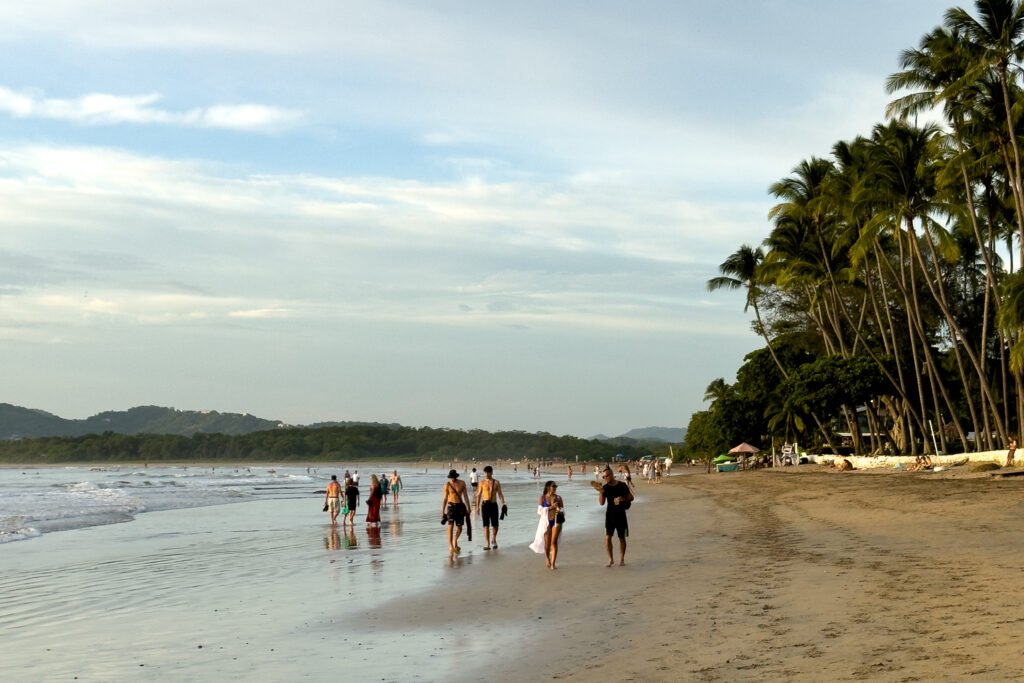
How We Got to Tamarindo
We arrived by car from Monteverde. The initial part of the drive was challenging, but the road improved as we got closer to Tamarindo.
Highlights in Tamarindo
The main highlights in Tamarindo are the beaches: Playa Tamarindo, Playa Langosta, and Playa Conchal.
Where We Stayed in Tamarindo
We stayed at Gardénia Tamarindo, an apartment close to the city center. The location was excellent, allowing us to explore Tamarindo on foot and easily return to rest. The apartment was well-equipped, giving us the flexibility to prepare some meals at home, which was a great bonus, especially for saving money and enjoying lighter meals in the comfort of our space.
Post about Tamarindo
Traveling to Tamarindo, Costa Rica: a Complete Guide
Tamarindo is a charming coastal town on the Pacific Ocean in the Guanacaste province of Costa Rica, and it’s one…
How We Left Tamarindo
We left Tamarindo by car, heading towards Playa Hermosa. The trip took about an hour.
Hermosa (3 Nights)

How We Arrived at Playa Hermosa
We arrived by car from Tamarindo.
Highlights in Playa Hermosa
The highlights of Playa Hermosa include Playa Hermosa itself and Playa Coco.
Where We Stayed in Playa Hermosa
Hermosa is an area with limited accommodation options and higher prices. We stayed at the Villa del Sueño, which offers a pool and breakfast, just a 5-minute walk from the beach.
How We Left Playa Hermosa
We left by car towards San José. The trip was smooth, took about 3 hours, and we passed through some tolls that we were able to pay by card.
Return to San José (1 Night)
How We Arrived in San José
We drove back to San José. We weren’t interested in visiting the city, but since our flight was early in the morning, we opted for an overnight stay to catch the flight the next day. We took advantage of the evening to visit a large shopping mall (Multiplaza Escazú) and did some shopping.
Where We Stayed in San José
We stayed at a B&B called Garden House, near the airport. It’s a single room in a family home with a separate entrance. Breakfast is included early in the morning.
Departure to the Next Destination
We left by plane from the International Airport after returning the rental car. Our next destination was Colombia.
General Tips for Your Costa Rica Itinerary
- Essential Mobile Data Plan: To move around and optimize your experience in Costa Rica, a mobile data plan is essential. Stay connected at all times with Holafly eSIMs, offering unlimited data so you're always reachable and safe. From our experience, Holafly was incredibly simple to set up and let us browse without worries about limits or connection failures, making it the perfect choice for stress-free travel. And now, you can even get 5% off your travel eSIM from Holafly! Having internet access will help you navigate and find local information.
- Payments and Cash Withdrawals: Most establishments in Costa Rica accept credit cards, so you don’t need to carry much cash. If you need to withdraw cash, use Banco Nacional ATMs to avoid additional fees.
- Car Rental: Choose an SUV: Many roads in Costa Rica, such as those leading to Monteverde and some beaches near Tamarindo, are in poor condition. If you plan to rent a car, consider an SUV. A car with higher ground clearance is essential, especially during the rainy season, to ensure you reach your destination without any issues.
- Download Offline Maps: While mobile data is useful, it’s always a good idea to download offline maps on Google Maps before you start your trip. There are remote areas in Costa Rica where network coverage can be limited, and having offline maps will ensure you don’t get lost.
- Prepare for Weather Changes: The weather in Costa Rica can change quickly, so it’s important to be prepared for some rain. Always carry a rain jacket and an umbrella to protect yourself from unexpected showers.
- Budget Management for Meals: Costa Rica is a more expensive destination than most neighboring countries. In many restaurants, meals can be pricier than expected. One solution to control your budget is to opt for accommodations with a kitchen, allowing you to prepare some meals at home. Although supermarkets aren’t cheap either, there are options that can offer better value for money.
- National Park Visits: When visiting national parks, like Manuel Antonio National Park or Arenal Volcano National Park, it’s advisable to arrive early. Not only will you avoid crowds, but you’ll also have a better chance of seeing wildlife, which is more active in the early morning. For some parks, you’ll need to pay the conservation fee online.
- Respect for Nature and Wildlife: Costa Rica is known for its biodiversity. Always respect the local fauna and flora. Avoid feeding wild animals and remember to take your trash with you, keeping parks and beaches clean.
Safety Tips for Costa Rica
- Travel Insurance: Don’t risk traveling without proper travel insurance. With Heymondo, you can simulate your next policy and get a 5% discount.
- Watch Your Belongings in the Car: If you rent a car, never leave valuables inside when you park. For instance, as soon as we arrived in a new city, we went straight to our accommodation to drop off our luggage, avoiding leaving our belongings in plain sight.
- Personal Safety: Generally, we felt safe in all the places we visited in Costa Rica. However, it’s always important to use common sense and follow the safety guidelines provided by your accommodation.
- Be Careful with Rip Currents: Some beaches in Costa Rica are known for strong rip currents. Before swimming, check the ocean conditions, and if possible, ask locals or lifeguards about the water’s safety. Never swim alone, and avoid swimming in areas marked as dangerous.
- Protection Against Mosquitoes: Costa Rica is a tropical region, and mosquitoes can be a problem, especially in more humid areas. Use insect repellent regularly, especially at dusk and at night. You might also consider wearing long-sleeved clothing to avoid bites, especially if you’re in forested areas or near rivers.
- Photocopies of Important Documents: It’s always a good practice to make photocopies of your important documents, like your passport and driver’s license, nowadays a photo on your phone is sufficient. While traveling, we always avoid carrying documents and cards, except for those that are strictly necessary.
FAQs about the Costa Rica Itinerary
Is Costa Rica a safe destination for tourists?
Yes, Costa Rica is considered one of the safest destinations in Central America for tourists. The country has a well-developed tourism infrastructure, and the most visited areas, such as national parks, beaches, and tourist cities, have low crime rates. However, as with any destination, it’s important to take basic precautions, such as avoiding the display of valuables, not leaving belongings visible inside your car, and being aware of your surroundings, especially in urban and less crowded areas. Additionally, it’s advisable to follow local guidelines, particularly regarding beach safety due to currents and other natural risks.
When is the best time to visit Costa Rica?
The best time to visit Costa Rica is during the dry season, which runs from December to April. However, traveling during the rainy season, from May to November, also has its advantages, such as lower prices and greener landscapes. It’s important to be prepared for some rain if you choose to travel during the “green season.”
Is it necessary to rent a car to explore Costa Rica?
Yes, renting a car, preferably an SUV, is highly recommended for exploring Costa Rica. Many roads, especially in areas like Monteverde and some beaches, are in poor condition, and a vehicle with higher ground clearance is essential, particularly during the rainy season.
What are the must-visit beaches in Puerto Viejo?
In Puerto Viejo, the must-visit beaches are Punta Uva, Playa Cocles, and Playa Negra. Each offers a unique experience with crystal-clear waters and beautiful Caribbean landscapes.
How is access to Tortuguero?
Tortuguero is only accessible by boat or plane. Most visitors choose to drive to Rancho La Pavona, where you can take a boat that takes about an hour to reach Tortuguero. This boat trip is also a great opportunity to observe the local wildlife and flora.
Is it safe to swim at Costa Rica’s beaches?
While many beaches in Costa Rica are great for swimming, some, like those in Tortuguero, have dangerous currents and the presence of sharks. It’s always recommended to check sea conditions and consult locals or lifeguards before entering the water.
What are the main activities to do in Arenal?
In Arenal, the main activities include hiking and climbing the Arenal Volcano, exploring the surrounding forests, and relaxing in hot springs, taking advantage of the region’s geothermal activity.
What’s the best way to prepare for climate changes in Costa Rica?
Due to Costa Rica’s tropical nature, the weather can change rapidly. It’s advisable to always carry a raincoat and umbrella. Additionally, lightweight, quick-drying clothing is ideal for dealing with humidity and unexpected rain.
Is it possible to travel on a budget in Costa Rica?
Although Costa Rica is more expensive compared to other Central American countries, it is possible to travel on a budget by choosing accommodations with kitchens to prepare meals, traveling during the rainy season, and avoiding more expensive restaurants.
What are the best safety practices in Costa Rica?
It’s important to have travel insurance, not leave valuables in the car, be mindful of sea conditions, use mosquito repellent, and keep copies of important documents in different locations from the originals.
Is it easy to find internet access in Costa Rica?
Yes, it’s relatively easy to find internet access in Costa Rica, especially in cities and tourist areas. However, in more remote areas, coverage may be limited. It’s recommended to acquire a mobile data plan or download offline maps before departure.

